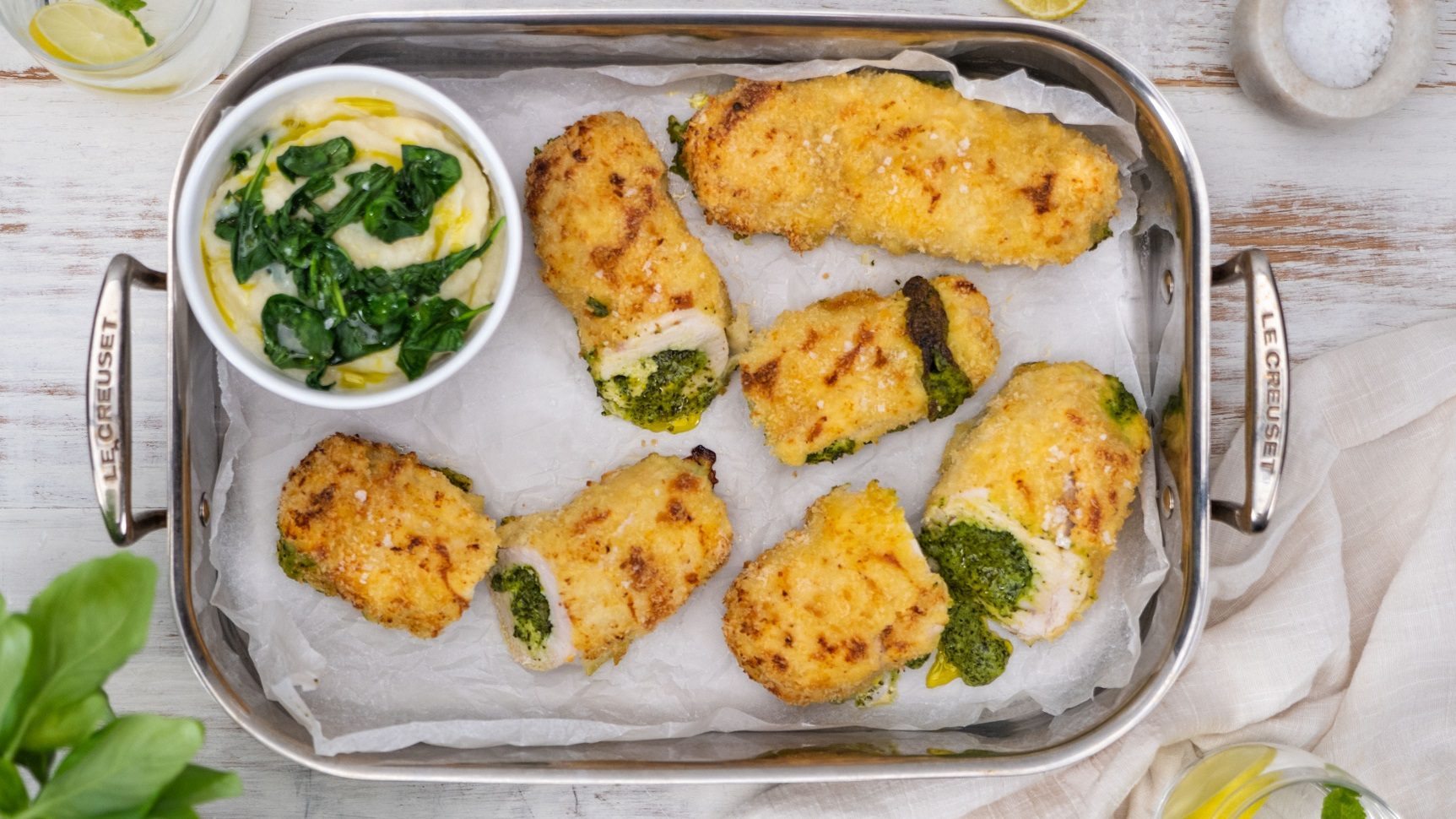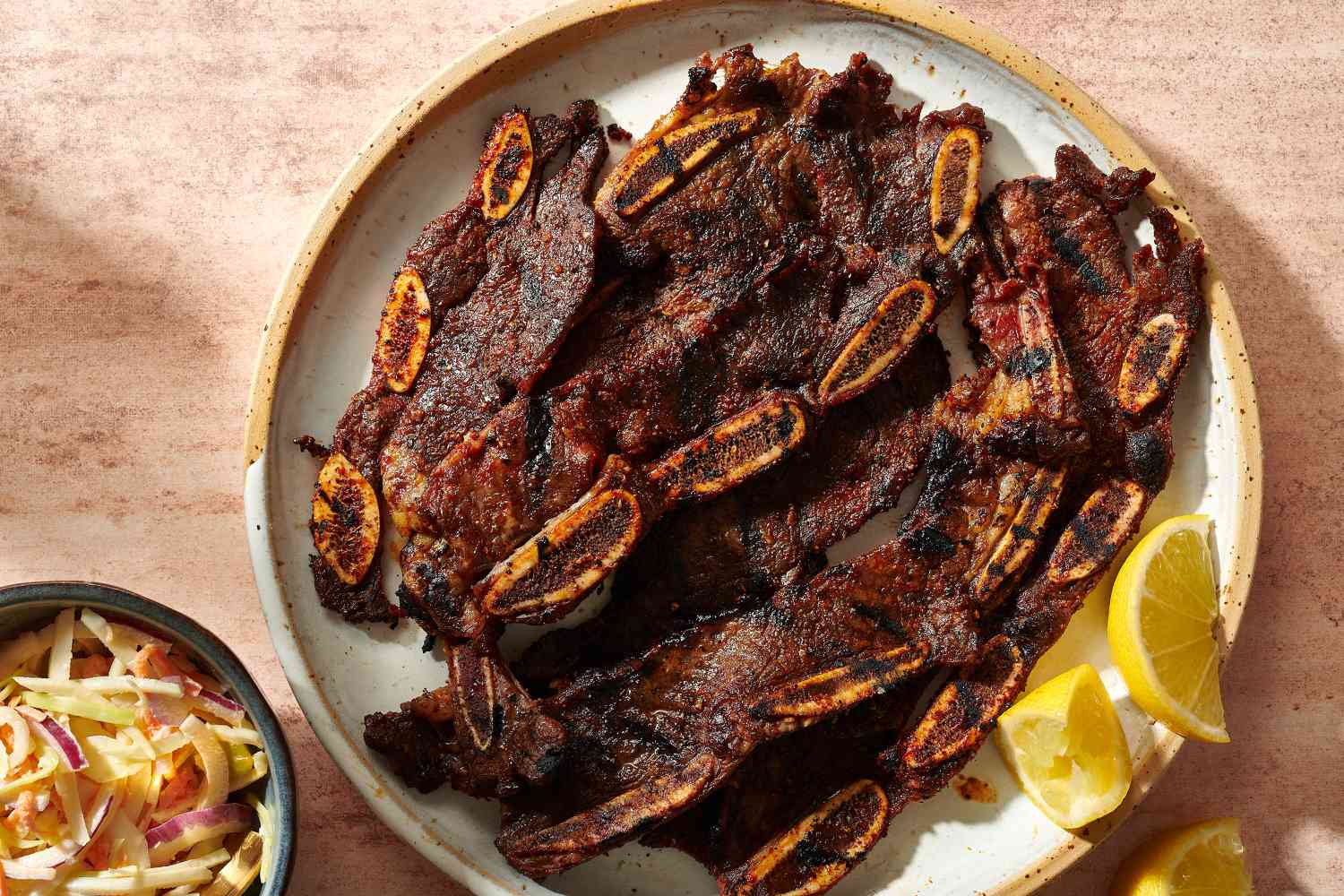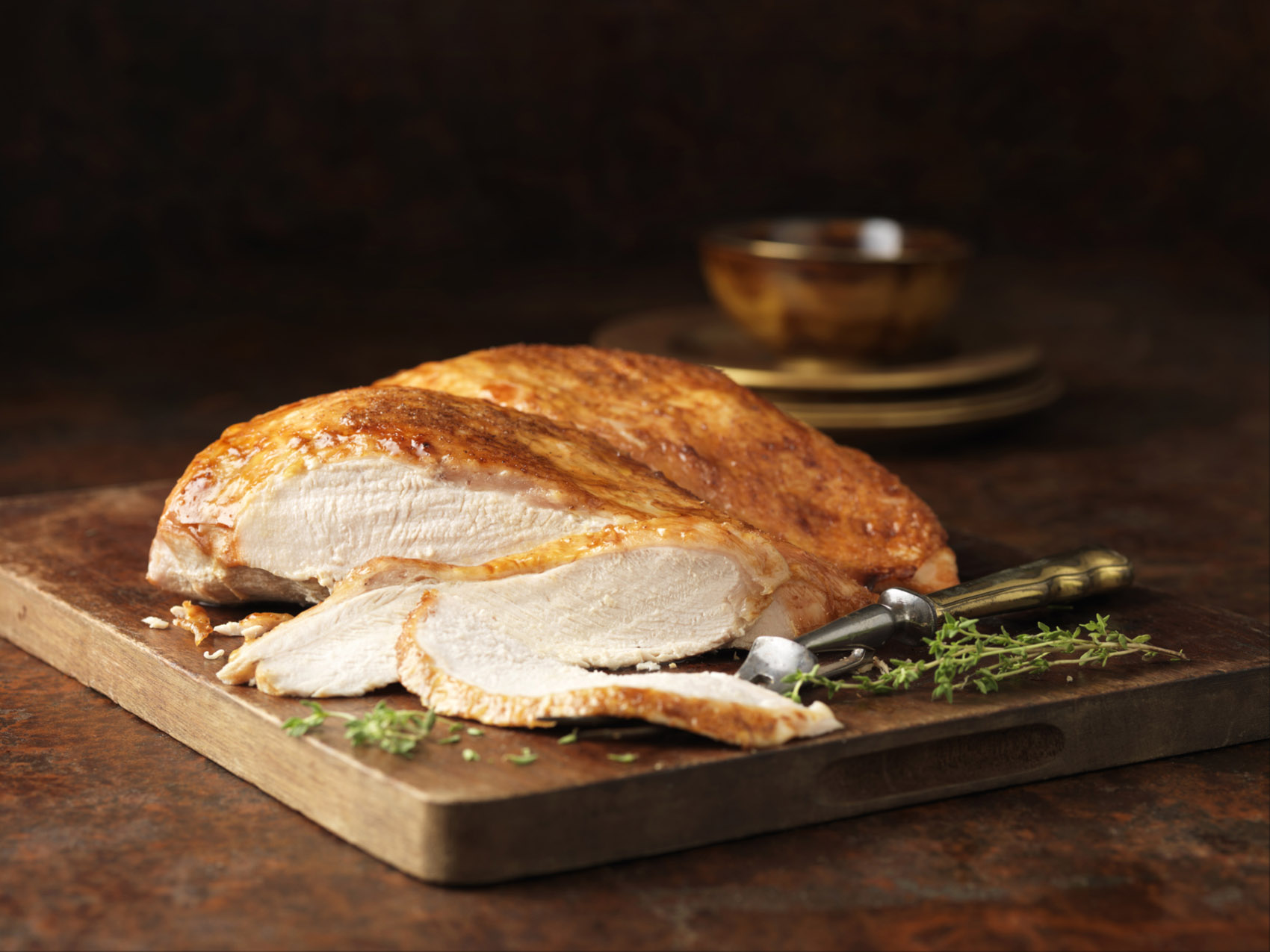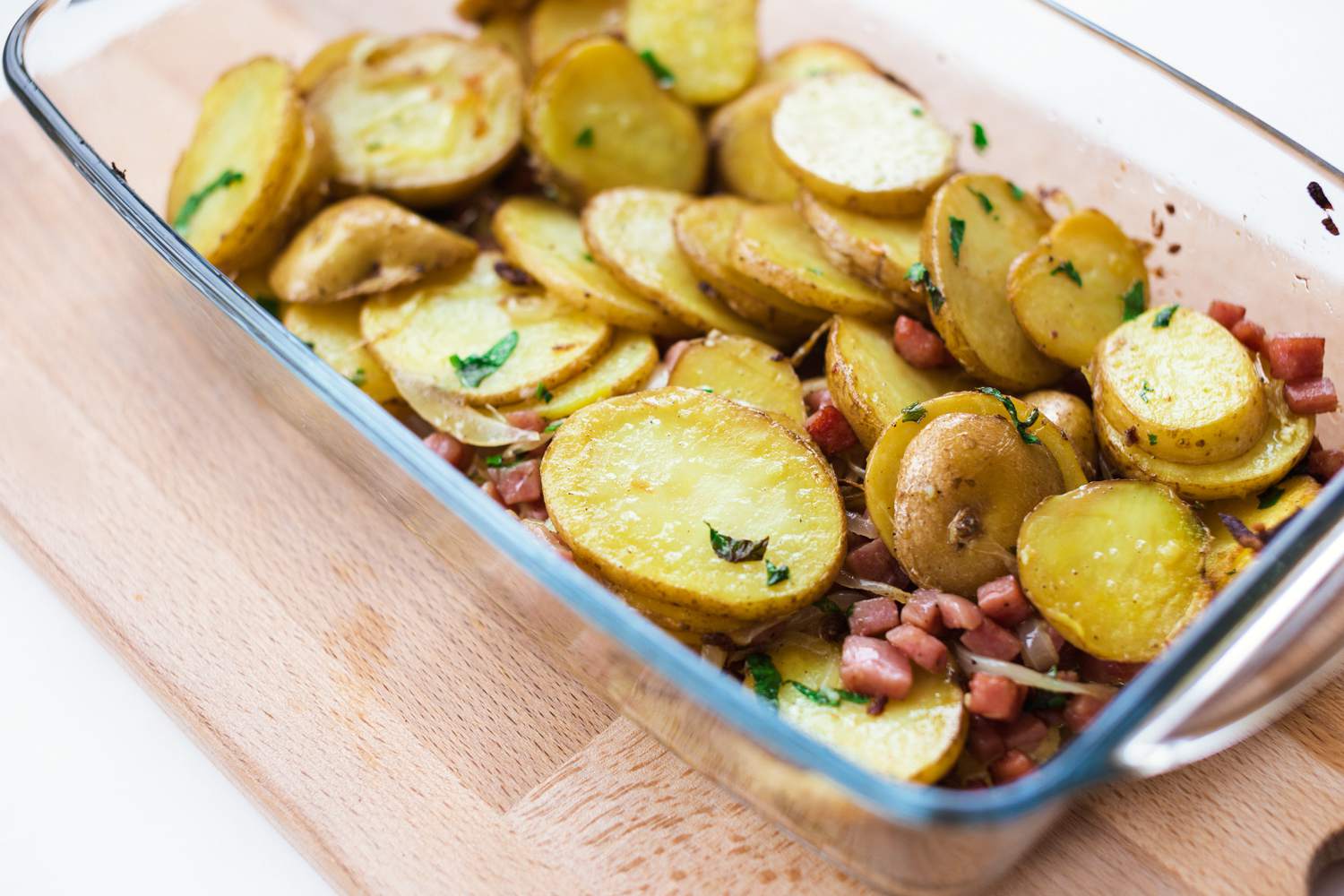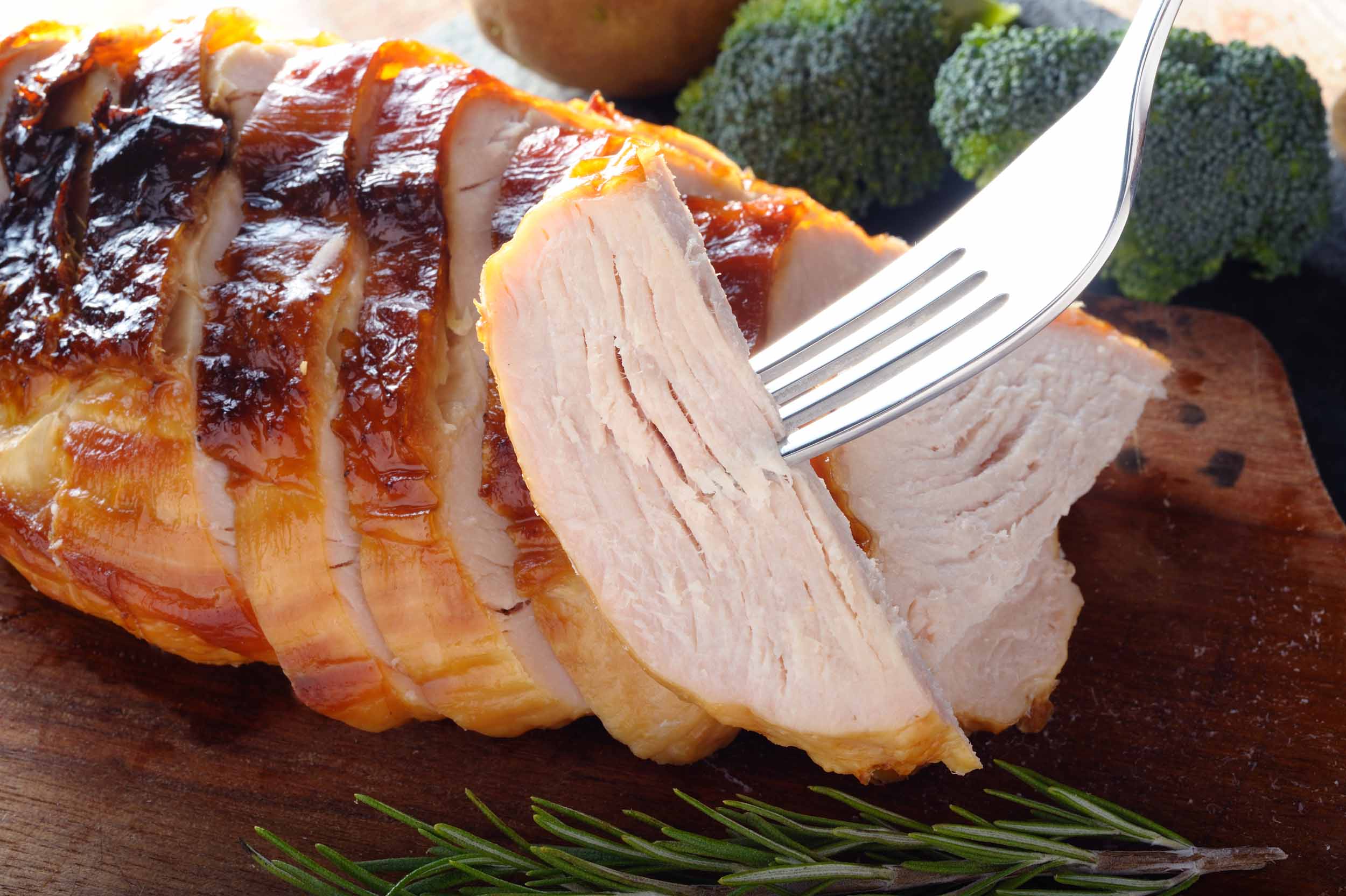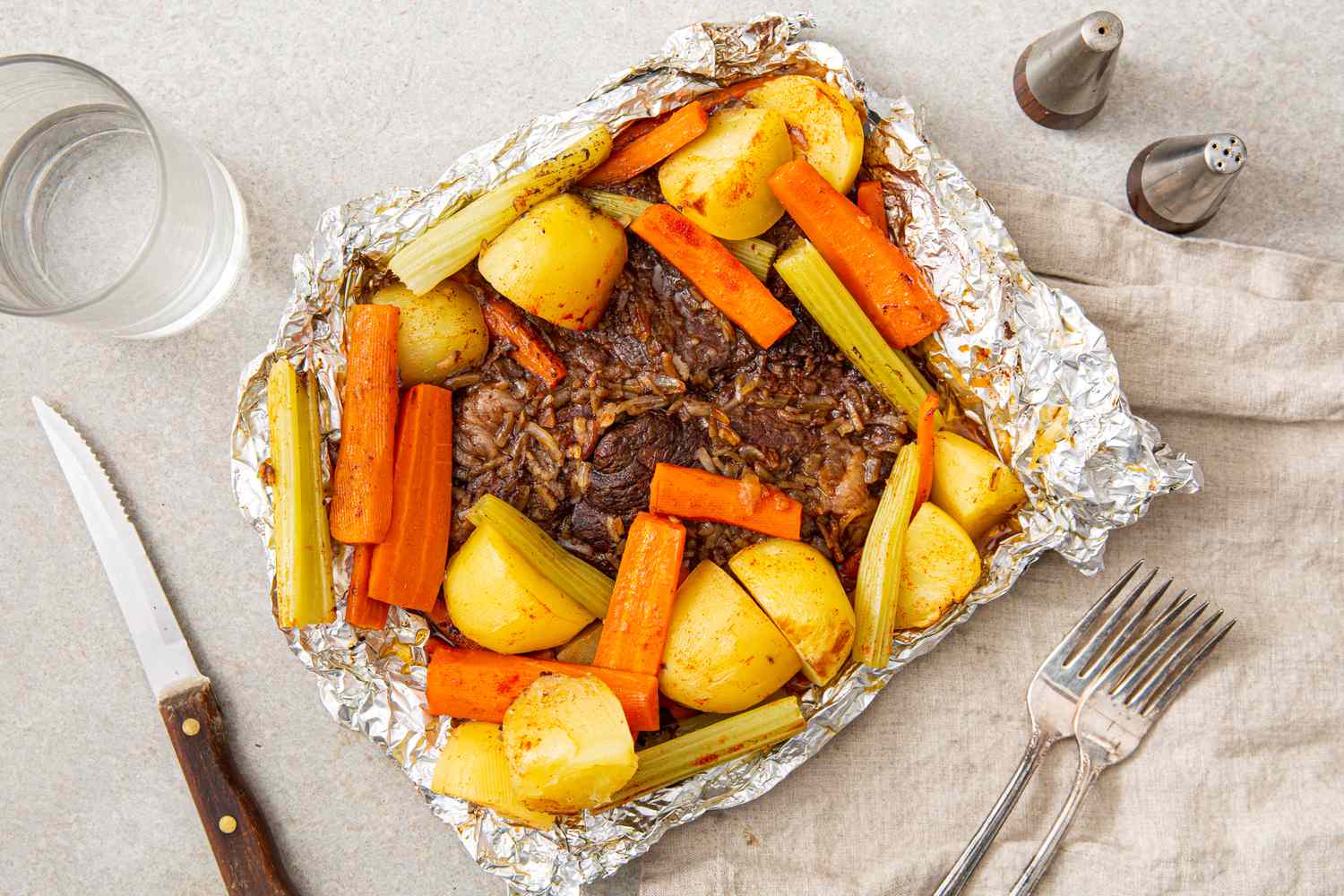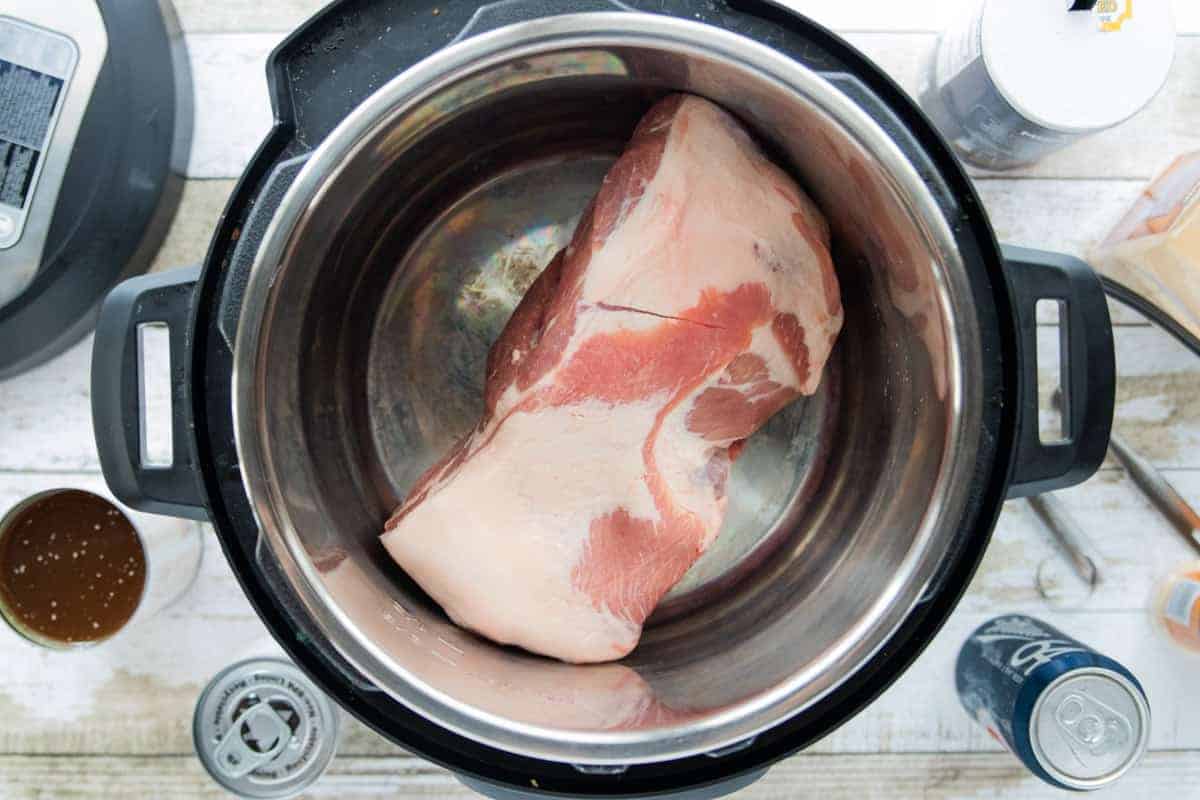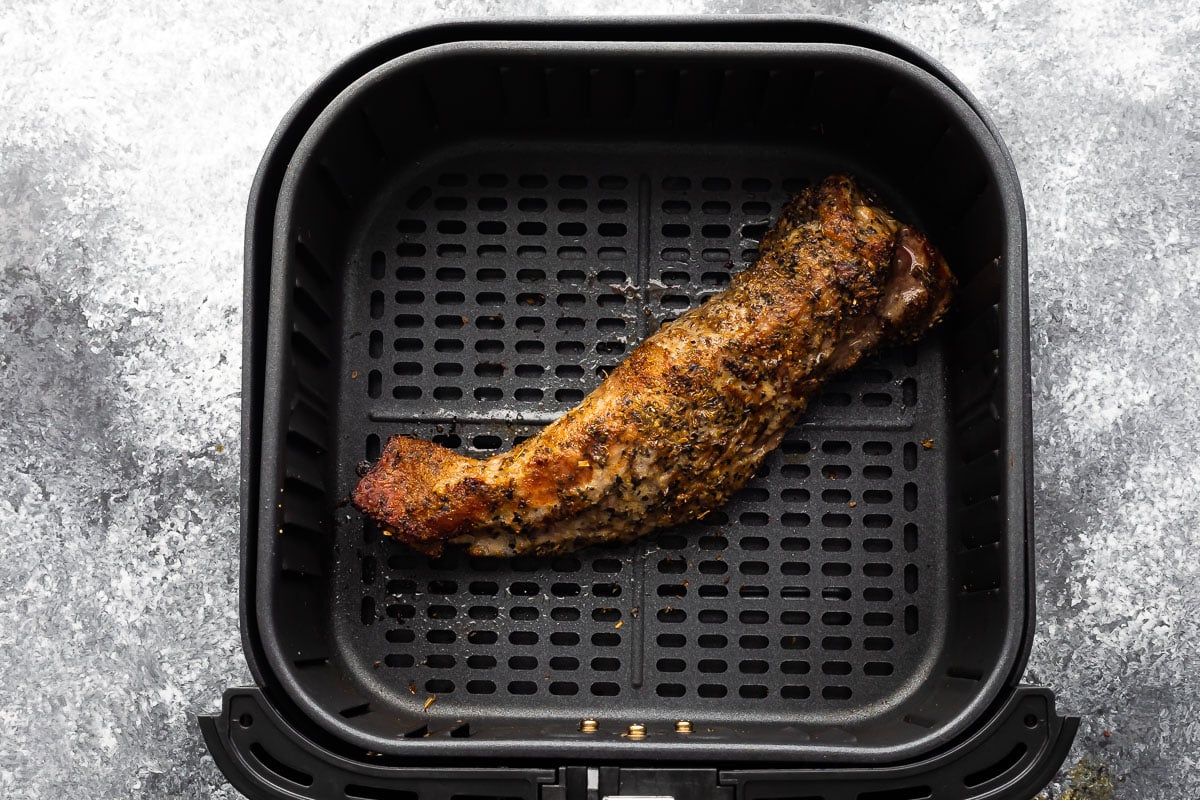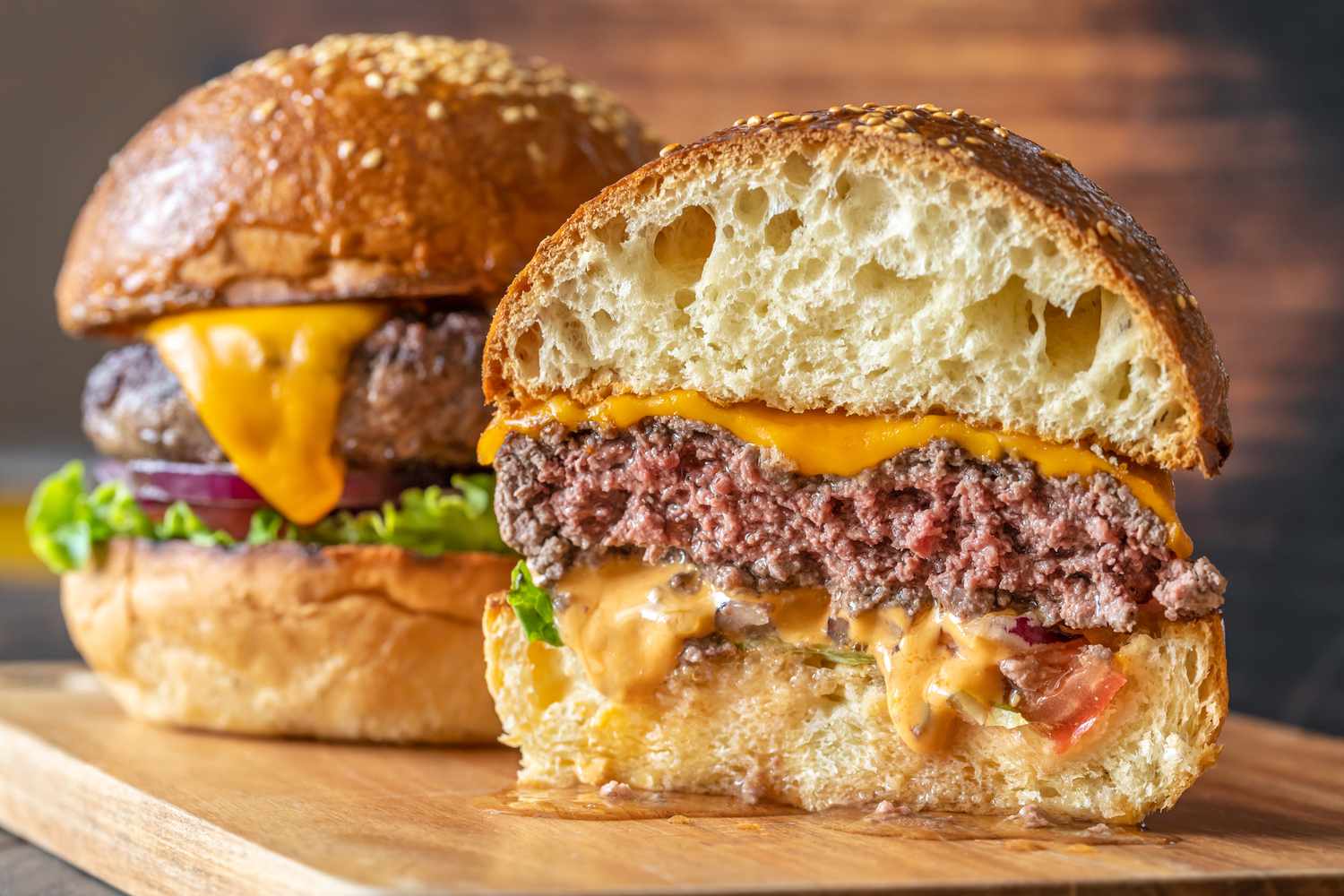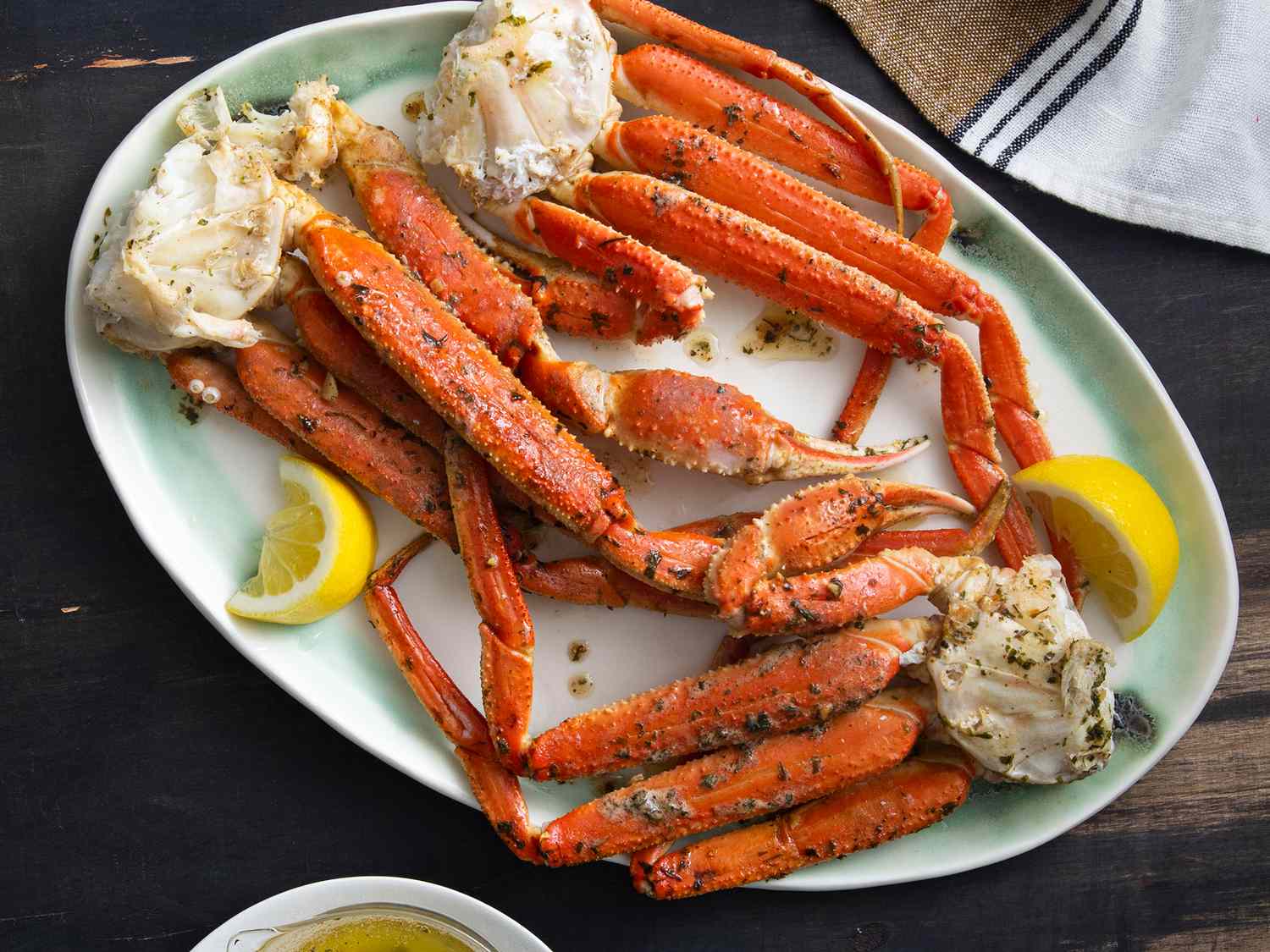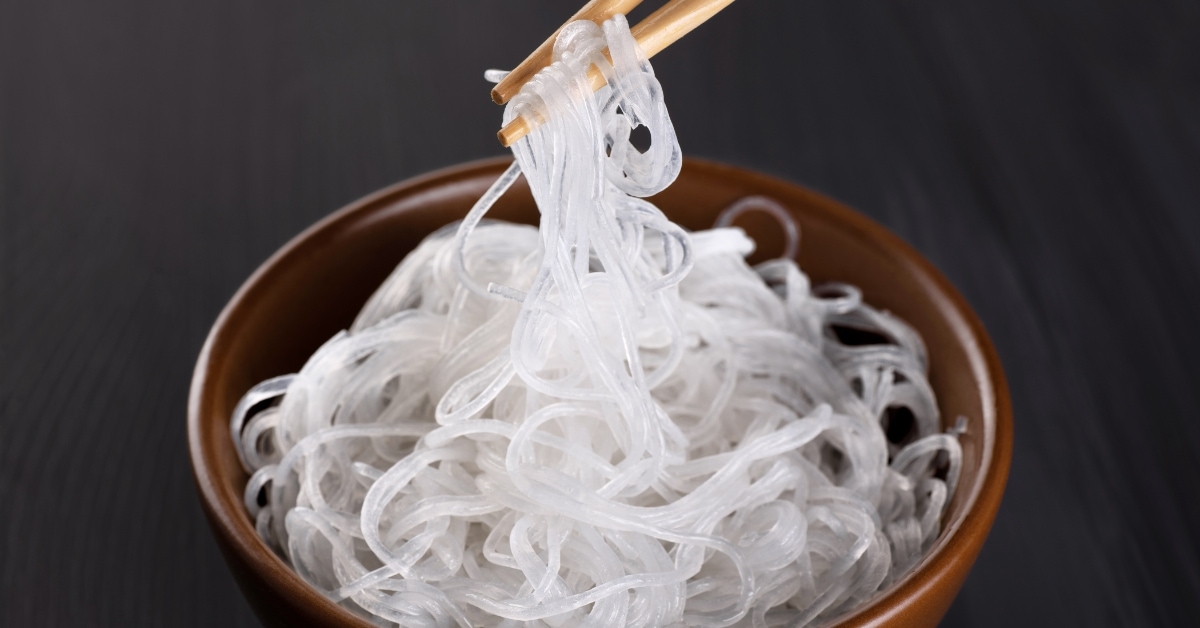Delicious and Easy: Oven-Baked Pork Tenderloin Without Foil
If you’re on the hunt for a mouthwatering recipe that will have your taste buds dancing, look no further than oven-baked pork tenderloin. This succulent cut of meat is perfect for both casual weeknight dinners and special occasions. And the best part? You can achieve a delectably tender result without using foil in the oven. Let’s dive in and discover how to cook pork tenderloin to perfection, foil-free!
Why Skip the Foil?
Many traditional pork tenderloin recipes call for wrapping the meat in foil before baking. While this method can help retain moisture, skipping the foil can actually yield even more flavorful results. By browning the meat directly in the oven, you’ll achieve a beautifully caramelized crust that locks in the natural juices and enhances the taste. Plus, it eliminates the hassle of having to wrap and unwrap the tenderloin.
The Perfect Seasoning
Step 1: Preheat your oven to 425°F (220°C) to ensure it’s nice and hot before you begin cooking the pork tenderloin. This high heat will help seal in the juices and create a delicious crust.
Step 2: Start by seasoning the tenderloin generously with your favorite dry rub or marinade. A classic combination of salt, pepper, minced garlic, and herbs like rosemary or thyme works wonders. Rub the seasonings all over the meat, ensuring it’s evenly coated.
Step 3: For an extra burst of flavor, consider marinating the pork tenderloin for 30 minutes to an hour before cooking. This step is optional but can add an additional layer of deliciousness.
The Cooking Process
Step 4: Heat a tablespoon of oil, such as olive or vegetable oil, in a skillet over medium-high heat. Once the oil is hot, carefully place the seasoned pork tenderloin in the skillet and sear it on all sides until nicely browned. This step not only adds flavor but also helps to lock in the juices.
Step 5: Transfer the seared pork tenderloin to a baking dish or roasting pan. If you prefer, you can line the dish with parchment paper for easy cleanup.
Step 6: Roast the pork tenderloin in the preheated oven for approximately 20-25 minutes or until the internal temperature reaches 145°F (63°C) for medium. Cooking times may vary depending on the thickness of the meat, so it’s always best to use a meat thermometer to ensure perfect doneness.
Step 7: Once cooked to your desired level, remove the pork tenderloin from the oven. Cover it loosely with aluminum foil and let it rest for 5-10 minutes. This resting period allows the juices to redistribute, resulting in a moist and tender pork tenderloin.
Serving Suggestions
Now that you’ve mastered the art of cooking pork tenderloin in the oven without foil, it’s time to plate up and enjoy your culinary masterpiece. Here are a few serving suggestions to complement your flavorful creation:
- Slice the tenderloin into medallions and serve alongside roasted vegetables for a hearty and wholesome meal.
- Pair it with a tangy apple or cranberry sauce for a delightful sweet and savory combination.
- For an elegant touch, serve the pork tenderloin with a creamy Dijon mustard sauce and a side of mashed potatoes.
So, there you have it! A delicious and easy oven-baked pork tenderloin recipe that doesn’t require foil. By following these simple steps and adding your own personal touches, you’ll create a meal that will impress your family and friends and leave them craving more. Happy cooking!
For those eager to master cooking pork tenderloin in the oven without foil, several recipes stand out. The Garlic Herb Pork Tenderloin offers a flavorful option with a classic touch. For a bit of sweetness combined with a tangy kick, the Honey Mustard Glazed Pork Tenderloin is a must-try. Spice lovers should definitely experiment with the Cajun Spiced Pork Tenderloin, while those seeking a citrus twist will enjoy the Lemon Garlic Pork Tenderloin. If you're after a unique blend of sweet and savory, the Maple Dijon Pork Tenderloin is perfect. Each recipe provides a chance to hone your skills and enjoy a delicious meal without the need for foil.
Was this page helpful?
Read Next: How To Cook Hillshire Farm Sausage In Oven
